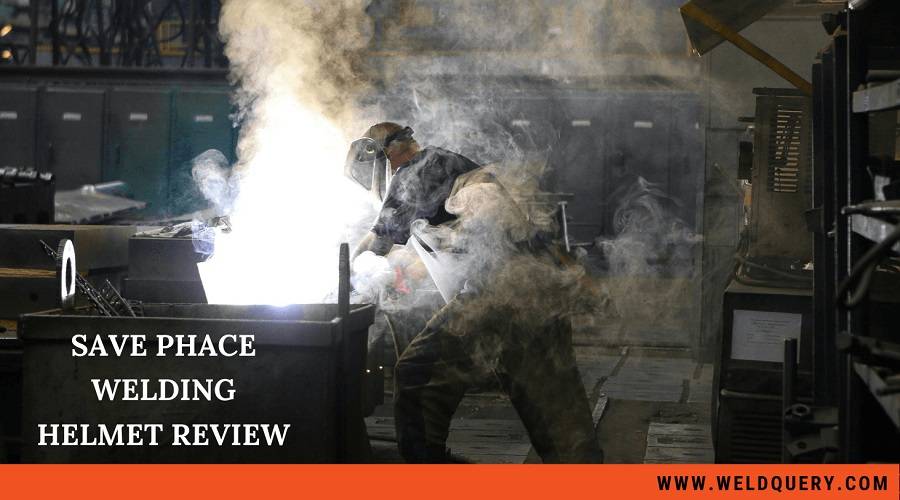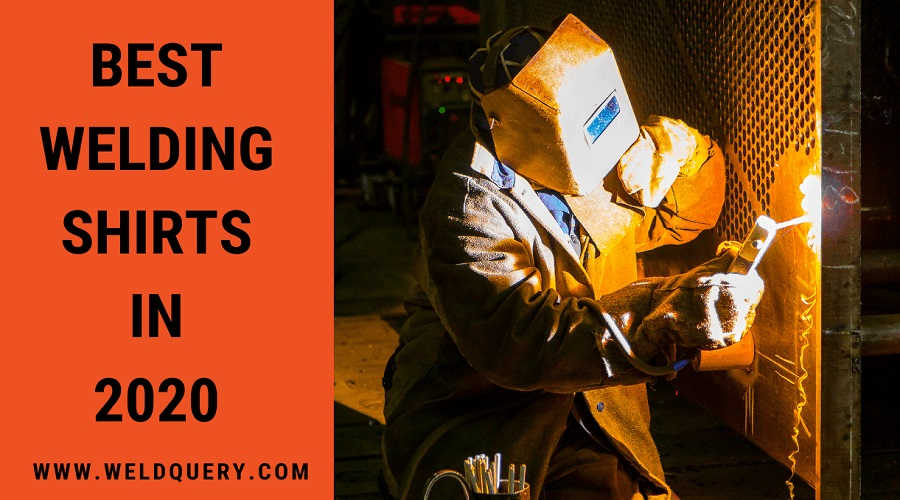I’ve been looking for a MIG welder that I can easily transport up and downstairs, and these two appear to be the same weight and chassis. The 211 has a capacity of 120 volts. Which, because I’d be building a 240-volt outlet anyhow, doesn’t seem like something I’d need.
Is there any meaningful difference between the two units, except for the somewhat greater current and duty cycle ratings? Is there something inside one that is beefier, or something that is truly superior to the other? The 211 appears to be a little newer model, but it is unclear whether there are any real differences between the two. The price difference is currently slightly over $100, which isn’t excessive.
People ask this topic all the time, and there’s never a decent answer other than you can run the 211 off 120 if you want to.
Contents
Millermatic 211 or Miller 211
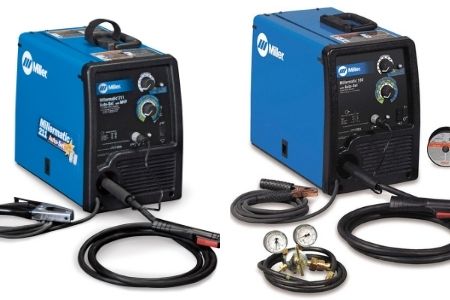
Miller’s Millermatic 211 MIG welder has a duty cycle of 40% at 150 amperes (240 V). One can weld 18 gauge up to 3/8 inch with this welding machine. The Miller 211 also includes an auto-set option, which makes setup easier and faster.
With the turning knobs, you may select your wire and gas combination, as well as specify the thickness of the material and the wire in the auto-set mode. The equipment will now compute the necessary power and wire-speed on its own. You don’t have to mess around with the welding parameters because of auto-set mode.
The Millermatic 211 is very lightweight, at only 42 pounds. As a result, you could say it’s a highly portable machine.
Specification for Miller 211
MIG & flux-cored welding modes
Input voltage of120 Volts to 240 Volts
The power output is 150 watts at 40 percent duty cycle and 115 watts at 20 percent cycle duty.
The range of the output weld current is 30 A to 230 A.
The speed regulation of the wire feed is 60 IPM to 600 IPM.
At 240 V, the maximum metal sheet thickness is 3/8′′.
42-pound weight (with a gun)
Miller 211 features
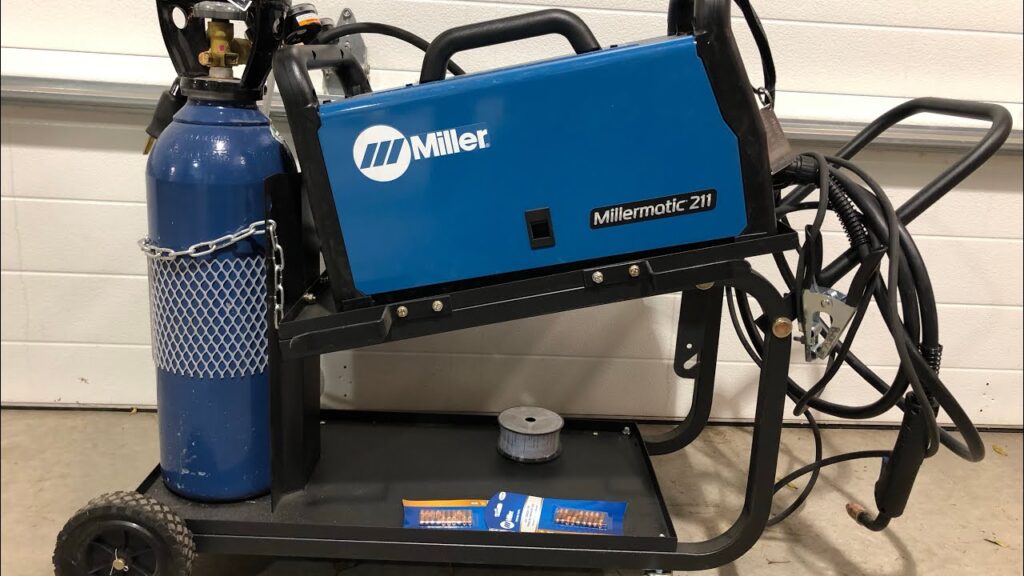
The Millermatic 211’s Auto-Set mode provides pre-set settings and eliminates the need to change weld parameters. You can fine-tune the parameters in manual mode to match your specific needs. Inverter technology combines excellent arc characteristics with the mobility of 42-pound equipment. According to the manufacturer, the arc is extremely resistant to changes in arc length and transit velocity.
The wire drive roll’s three grooves make setup a breeze. There are two solid wire grooves and one flux-cored wire groove, each with a distinct size.
When you connect a MIG or spool gun, the auto spool gun detection detects it automatically. As a result, no changeover is necessary.
Miller 180
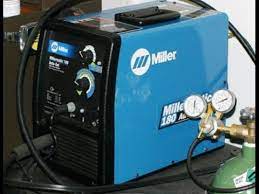
For TIG welding, the Miller Diversion 180 is a significant improvement. It has a lot of power, so it’s great for both professionals and hobbyists. It’s extremely adaptable and comes with a slew of features to make your welding process go as smoothly as possible. Also, if you’re new to TIG welding, you’re surely aware that learning the method can be a nerve-wracking experience. However, Miller has made this product as simple to use as possible. In this Miller Diversion 180 review, we’ll go over the features, as well as the benefits and drawbacks, of this welder.
Features of the miller 180
- Ease to use
The operator interface for the Diversion 180 is simple to use. It will walk you through the straightforward setup procedure. Simply select the material type and thickness range after turning on the equipment, and you’re ready to start welding. On the digital display, you can see all of the adjustments you’ve made. The system will then apply the proper amount of arc welding current based on the settings.
A foot pedal and an ergonomic TIG torch are also included in the package. In out-of-position applications, the foot pedal can be utilized to control the power level. The air-cooled torch has a 150 amp rating and a compact and robust design that makes it easy to use for both professionals and amateurs.
- Power
The device can work with two different voltages. The multi-voltage plug allows you to plug into either a 115V or 230V outlet. And you can change from one to the other without using any tools. All you have to do now is select the correct connector for the receptacle and connect the power cord.
This welder’s maximum output is 180 amps, with a duty cycle of 35% at this rated output. So you can weld continuously for 3.5 minutes at high power, then let the welder cool down for 6.5 minutes.
Because it’s an AC/DC unit, it may be used for both steel and aluminum welding. Steel has a material thickness range of 0.025 inches to 3/6 inches for which it can be used. The range for aluminum is 0.030 inches to 3/6 inches.
- Performance
In comparison to other TIG welders that employ a transformer-based power source, an inverter-based power source produces a smoother and more uniform arc.
The non-contact, high-frequency start ensures a consistent arc starts every time. It also aids in the prevention of tungsten and material contamination during the welding process.
Miller Diversion 180 has an Auto-Postflow option as well. It optimizes the post-flow time automatically based on the selected amperage setting, eliminating the need for human adjustments. This guarantees that the weld pool and electrode are properly shielded without wasting gas.
The fan-on-demand feature turns on the cooling system only when it is needed. This helps to reduce machine noise, power consumption, and the number of undesirable particles that enter the machine.
- Portability
The equipment is light enough to be termed a portable welder, weighing only 50 pounds. You can easily transport it to faraway locations where work is required. Due to the utilization of inverter technology, however, its lightweight and compact design have no bearing on its power and functionality.
Before buying a MIG welder, think about the following:
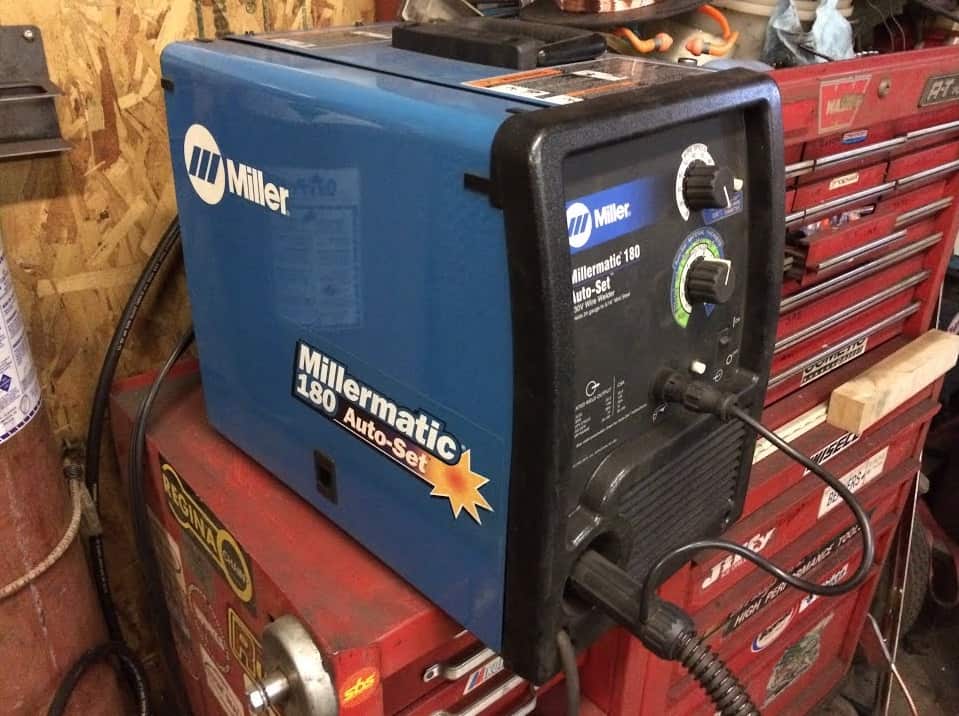
1. GMAW or FCAW welding?
Do you require a welding machine that solely performs MIG welding (GMAW) or one that additionally performs Flux Cored Arc Welding (FCAW)? Most machines on the market can already perform both types of welding.
2. What voltage do you supply for the machine’s input?
Low-end machines use a 110 V (115 V/120V) household power source. Input voltage for machines with higher output voltages is typically 220 V (225 V/230 V). Both input voltages are supported by some multi-voltage power equipment.
3. What kind of output power do you require? What is your ideal duty cycle?
As a general rule, the higher the machine’s output power, the higher its price.
On a scale of ten minutes, the duty cycle is measured. Now, if you have a machine that has a duty cycle of 20% at 130 amps, you can weld for 2 minutes at 130 amps. After that, you must wait for the machine to cool down for 8 minutes before resuming your welding cycle.
4. Do you have to travel the machine regularly?
You may consider getting a trolley or a lightweight machine that you can carry on its handle if you travel the machine frequently. Check the machine’s dimensions as well. It may be too big to store.
5. Price
Your money is an important consideration when purchasing a MIG welder.
6. Examine the machine’s durability and quality.
Stick with well-known quality brands like Hobart, Lincoln, and Miller. No one wants or needs a low-quality welding machine.
Is there a way to prevent the machine from overheating? An overheat indicator is the bare minimum; auto-cooling is the ideal option.
Many individuals also propose investing in a cast aluminum wire drive system.
- Usability
Is the machine you chose easy to operate? Is there any assistance for beginners in adjusting the proper settings? Is it possible to modify all the settings you want if you’re an expert?
Frequently asked questions
What is MIG welding?
MIG welding is a kind of GMAW (Gas Metal Arc Welding). A wire feed system is usually present in gas metal arc welding systems, and active (MAG) or shielding gas (MIG) is placed on top of the weld region.
MIG welding is a type of welding that creates an electric arc between a wire electrode and the metal workpiece. The arc is created using a constant voltage power supply. The metals are heated by the electric arc, and the components are melted together. The inert gas exits the nozzle along with the electrode that is consumed during welding, preventing oxygen from entering the weld region.
Argon and helium are common inert gases used in MIG welding. The behavior of the weld pool, penetration depth, and mechanical qualities of the final weld joint are all affected by the type of shielding gas used. Overall, MIG welding produces excellent weld outcomes.
The MIG welding technology was first developed in the 1940s for welding aluminum and non-ferrous metals during WWII. It was quickly applied to several types of steel because of its speed advantages.
Conclusion
I’d acquire a Millermatic 212 or 252 if money wasn’t an issue. They’re a lot more robust, and they’re built for light industrial use rather than hobby use.
Cooling, torch design, and wire feed drive all reflect this. All are significantly more durable than the smaller cased machines and will outlast them by years.

